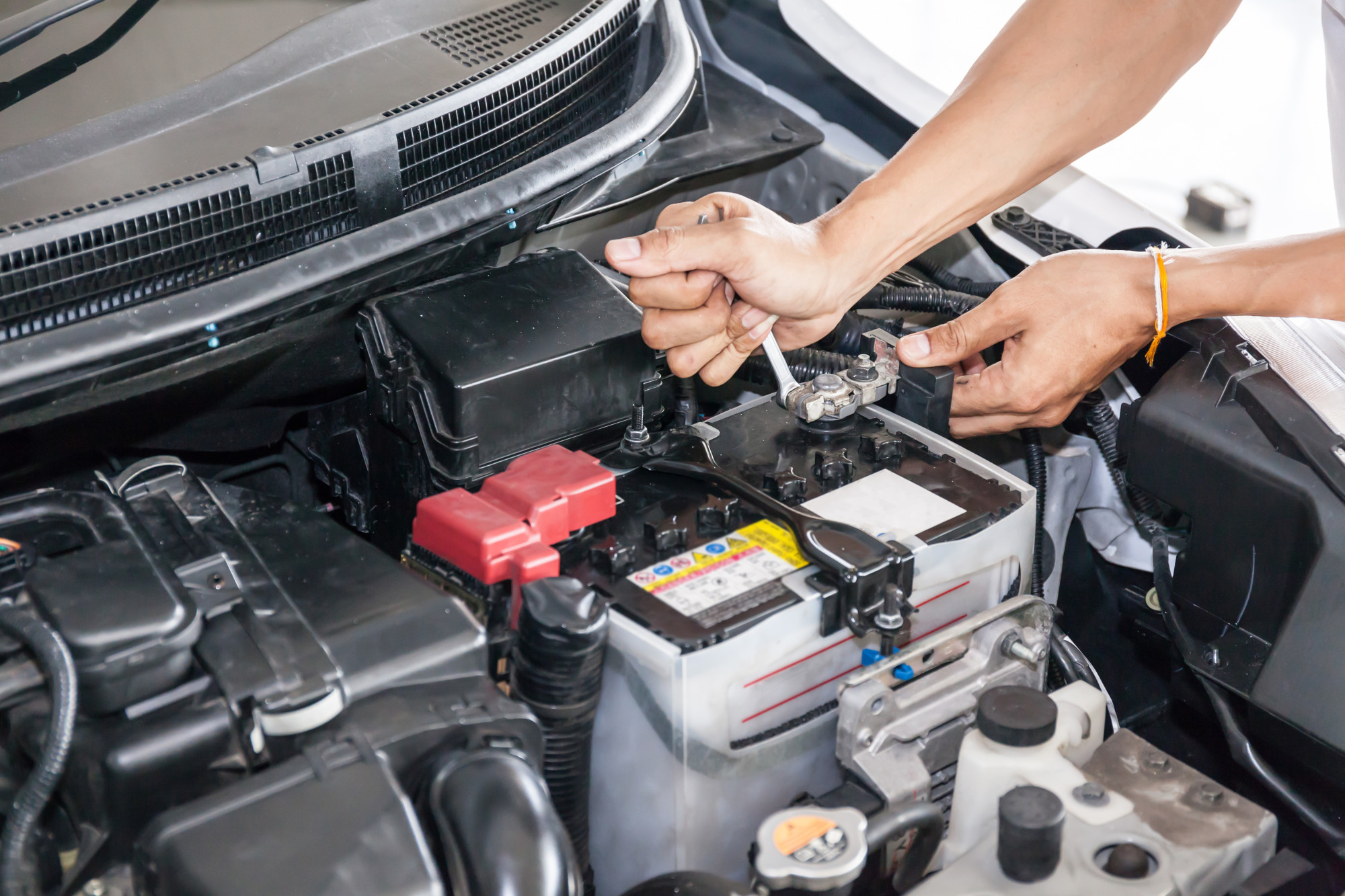A failing electrical system in your car is no fun affair and could lead to a variety of issues ranging from mildly inconvenient to outright dangerous.
Any conscientious car owner should be aware of the warning signs of a failing electrical system.
That way, they can make their way to a garage in time and be sure to get their four by four looked at before they are stranded on the road somewhere, or stuck without light in the dark.
When we talk about failure in the electric system, the two areas that could be at fault are the car battery or alternator.
Sometimes the difference can be hard to determine, but if you’re starting to notice signs of a failing system, you should be ringing up your garage and get it looked at.
Read on for the top signs your electrical system is failing on you.
What’s the Electrical System in Your Car?
Before we dive into the ways a car’s electrical system might fail, it is worth first considering how it usually works. There are two components to look at:
The Car Battery: As the name explains, this is the component that stores the electrical energy your vehicle uses to perform several tasks, such as rolling down windows, bright headlights, and playing the stereo.
The Alternator: This small component turns the mechanical energy of the engine’s rotating crankshaft into electric power via induction and transmits it to the battery.
If there’s an issue with the alternator, your car is struggling to produce energy in the first place. The effects of a failing battery or alternator will, therefore, display in similar ways, but could be caused by either one of these components.
Whatever the cause, whether it’s EMP effects on cars or a slipped belt, there are some tale-tell signs of a failing electrical system.
1. A Warning Light Displays a Battery or ‘ALT’ Sign
The easiest way to recognize when there is an issue with your electrical system is when your car can simply tell you. Most cars built in the last decade include a battery warning sign in the cluster of the instrument window.
This dash light comes on when the output of the alternator falls below a specific voltage.
Note that this light might only come on while you are using a function associated with the car’s electrical system, so at first, it might flicker and not be always visible.
2. Dim or Flickering Headlights
If your headlights are dim or flickering, this could be a sign that not enough energy is consistently provided to them and that your electrical system is failing.
Needless to say, without consistent and bright light, you run a higher risk of accidents in low light scenarios and should be staying off the road. This is a vital sign your electrical system needs looking at.
3. The Car struggles to Start
If the car isn’t cranking the engine properly when you try to start it and you hear repeated clicking sounds, this can be an indication that not enough energy is flowing through the system when you turn the key.
The alternator should be keeping the battery fully charged so that this problem doesn’t occur, so there is a chance either your battery has failed, or your alternator is not producing the correct amount of electric energy.
At worst, this can leave you stranded and missing your appointment for the day, and you’re going to be making use of your breakdown recovery.
4. A Dead Battery
Identifying when the problem is with the battery is a little easier than pinning down an issue with the Alternator. If the battery is dead, your car might not start and leave you stranded.
To test if the problem is with your car battery, you can jump-start your vehicle and then remove the jumper cables as fast as possible. If the car keeps running, the issue is with the battery.
If it dies again after a while, it’s an indication the alternator isn’t charging the system.
Batteries are only supposed to give the car enough juice to start with, but if the alternator is failing, they will have to pick up the slack – often wearing them out.
So even if the battery wasn’t the issue initially, a broken Alternator could make itself known by killing your car’s battery.
5. A Missing, Worn, or Poorly Placed Belt
While not as visible as a warning light in the car, those complaining of Alternator issues can sometimes benefit from checking under the hood and confirming the belt is in place and installed correctly.
For the alternator to run efficiently, the belt needs to be stretched at the right tension and shouldn’t be too slack or too tight, nor flapping about the engine. Nor should you find any wear and tear on it.
Even if you can’t fix it yourself, this issue should be easy enough to spot, and a mechanic will be able to help you sort it out.
6. The Smell of Burning Plastic or Electrical Insulation
If you experience any of the issues above, including dim or flickering lights, trouble to start the car, or slow response with windshield and window operation, and you also begin to smell burning plastic, it is time to stop driving immediately.
This could be a sign of a short circuit and burning wiring, and you should get yourself towed to the next service station to avoid damaging your car further.
Battery or Alternator? Notice Any of the Signs Above?
Get your car serviced as soon as possible to avoid expensive alternator replacements or electrical rewiring.
Stay out of trouble on the road, whether it is your battery or alternator, causing the issue. We hope this article has clarified the top signs of a failing electrical system so that you can spot problems a mile off!
Don’t forget to bookmark our site to never miss our latest posts!

